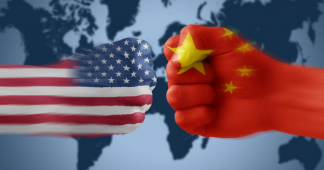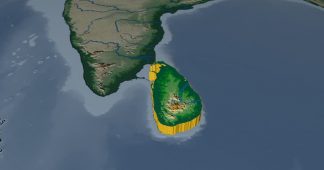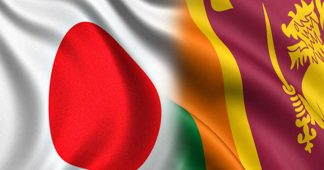The proposal is seen as a response to Washington’s efforts to boost Indo-Pacific alliances to rein in Chinese military deployment and investment
17 April, 2018
Beijing’s plan to open up “China’s Hawaii” as a gateway for Indo-Pacific investment and economic ties is an attempt to counter the United States’ efforts to form alliances against China in the region, analysts say.
The Hainan plan, unveiled by President Xi Jinping in Haikou, the provincial capital, on Friday, will have “genuine value” for China’s trade with countries in the Southeast Asian and Pacific regions, according to Iris Pang, chief Greater China economist with banking and financial services provider ING.
The proposal comes as Washington works to build up its alliances in the Indo-Pacific region, including the Indian Ocean and the western and central Pacific Ocean, covering nations including Australia and India.
Washington’s moves are seen as an attempt to counterbalance Beijing’s increasing military deployment and investment in the region, especially through its massive infrastructure plan, the “Belt and Road Initiative”.
Manoj Joshi, a distinguished fellow at the Observer Research Foundation in New Delhi, described the Hainan development plan as a response to Washington’s “Indo-Pacific strategy”.
“It’s a major easternmost maritime facility for China, and China has been quite active in the Indian Ocean in the past decade or so,” he said.
“China is already an Indo-Pacific power – it has significant economic commitments in the region.”
The free-trade port that is to be “basically established” in Hainan by 2025 and “mature” by 2035, according to government guidelines issued on Saturday, will allow this holiday island – home to 9.3 million people and sometimes called “China’s Hawaii” – to benefit from more opening-up policies, economic freedom and market access.
Building Hainan, which is already a special economic zone, into an important gateway to China for countries on the Indian and Pacific oceans is in keeping with the “new trend of economic globalisation”, according to the guidelines.
Read more at www.scmp.com











